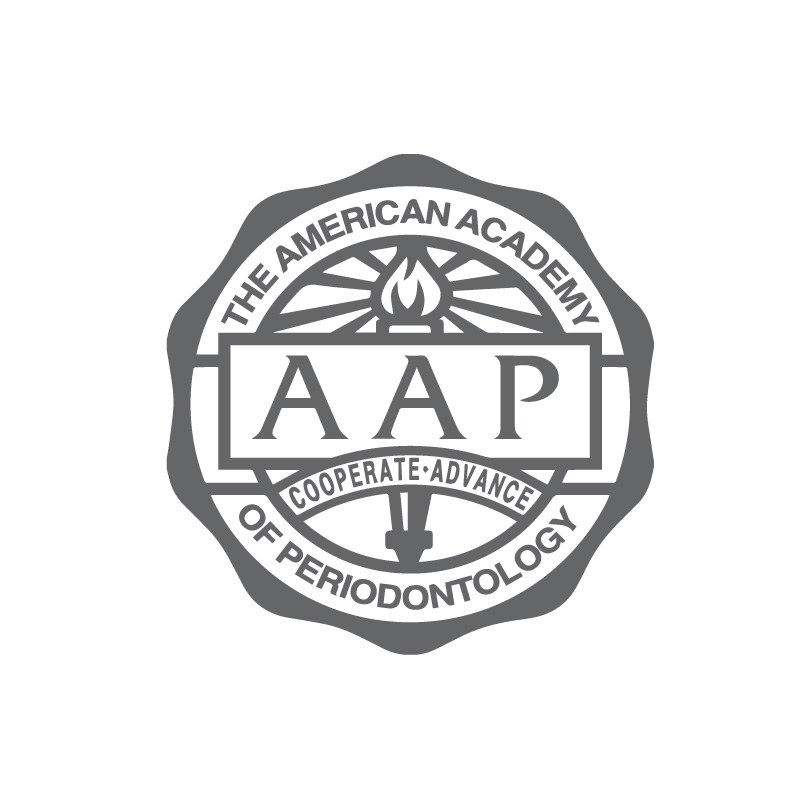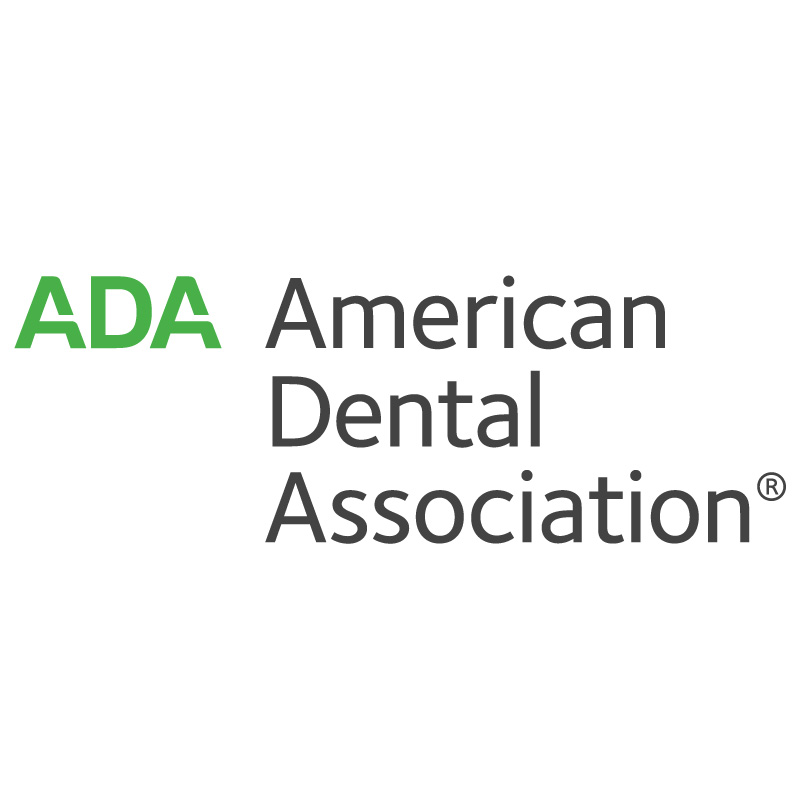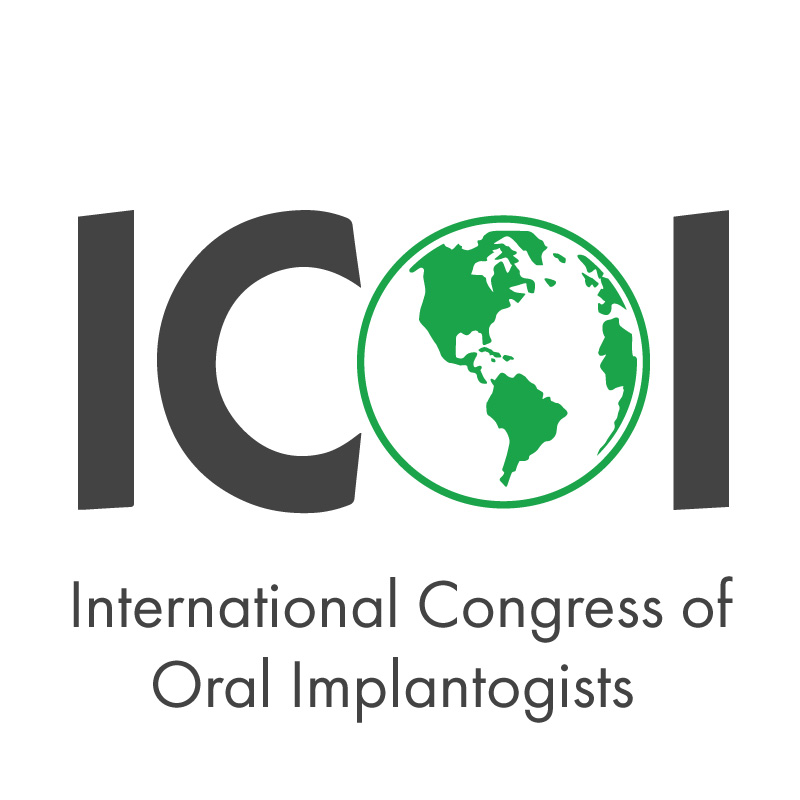Crown Lengthening
What is crown lengthening?
This is a common surgical procedure. The surgeon removes gum tissue, bone or both to expose more of a tooth.What it is used for
Crown lengthening is done when a tooth needs to be fixed. Sometimes, not enough of the tooth sticks out above the gum to support a filling or crown.This can happen when a tooth breaks off at the gum line. It also can happen when a crown or filling falls out of a tooth and there is decay underneath. To place a filling or crown, your dentist needs to expose more of the tooth. This is done by removing some gum tissue or bone. Some people have a lot of gum tissue around their upper teeth. Dentists call this "gummy smile." This also can be treated with crown lengthening.
Preparation
Before crown lengthening is done, you will visit a periodontist. At this visit, the periodontist will review your medical history and your X-rays. He or she will set a date for the surgery.Before the surgery, you may get a professional tooth cleaning.
If the tooth needs a crown, your dentist may put on a temporary crown. This protects the tooth. It also makes surgery easier, because the periodontist will be able to see how much soft tissue or bone to remove.
After surgery, the area will heal in about three months. Then your dentist will prepare the tooth again. He or she will make a new temporary crown to fit the lengthened tooth. Then he or she will make the final crown.
How it is done
Crown lengthening is done using local anesthesia. How long it takes will depend on the number of teeth that need treatment. Even if only one tooth is involved, crown lengthening typically includes neighboring teeth, too. That allows the tissues to be reshaped gradually. If both bone and soft tissue are removed, the procedure will take longer than if only soft tissue is removed.The periodontist will make cuts that will pull the gums away from the teeth. This will expose the roots of the teeth and the surrounding bone. In some cases, simply removing a little gum tissue will expose enough tooth for your dentist to place a crown or filling. However, in most cases, the periodontist will need to remove some bone from around the roots of the teeth. Once the periodontist has exposed enough tooth, the surgical area will be washed with sterile salt water and the gums will be stitched together. Some dentists put a bandage over the stitches.
If you have temporary crowns on any of the involved teeth, the crowns may be removed before the procedure begins. The periodontist will put them back afterward.
You will be given prescriptions for a pain reliever and a mouth rinse. Your dentist will ask you to follow a somewhat soft diet. You can brush the teeth near the stitches, but avoid the gums. Remove food particles with a toothpick or a water irrigator.
We'd like to talk about your smile!
Sky Ridge Periodontics & Implants
(425) 337-4734info@skyridgeperio.com
10814 19th Ave SE, Everett, WA 98208
Office Hours
Mon: 8AM - 1PMTue - Thu: 8AM - 4PM
Fri: Admin only 9AM - 1PM
Sat - Sun: Closed
Have any questions?
Our patients love us!







